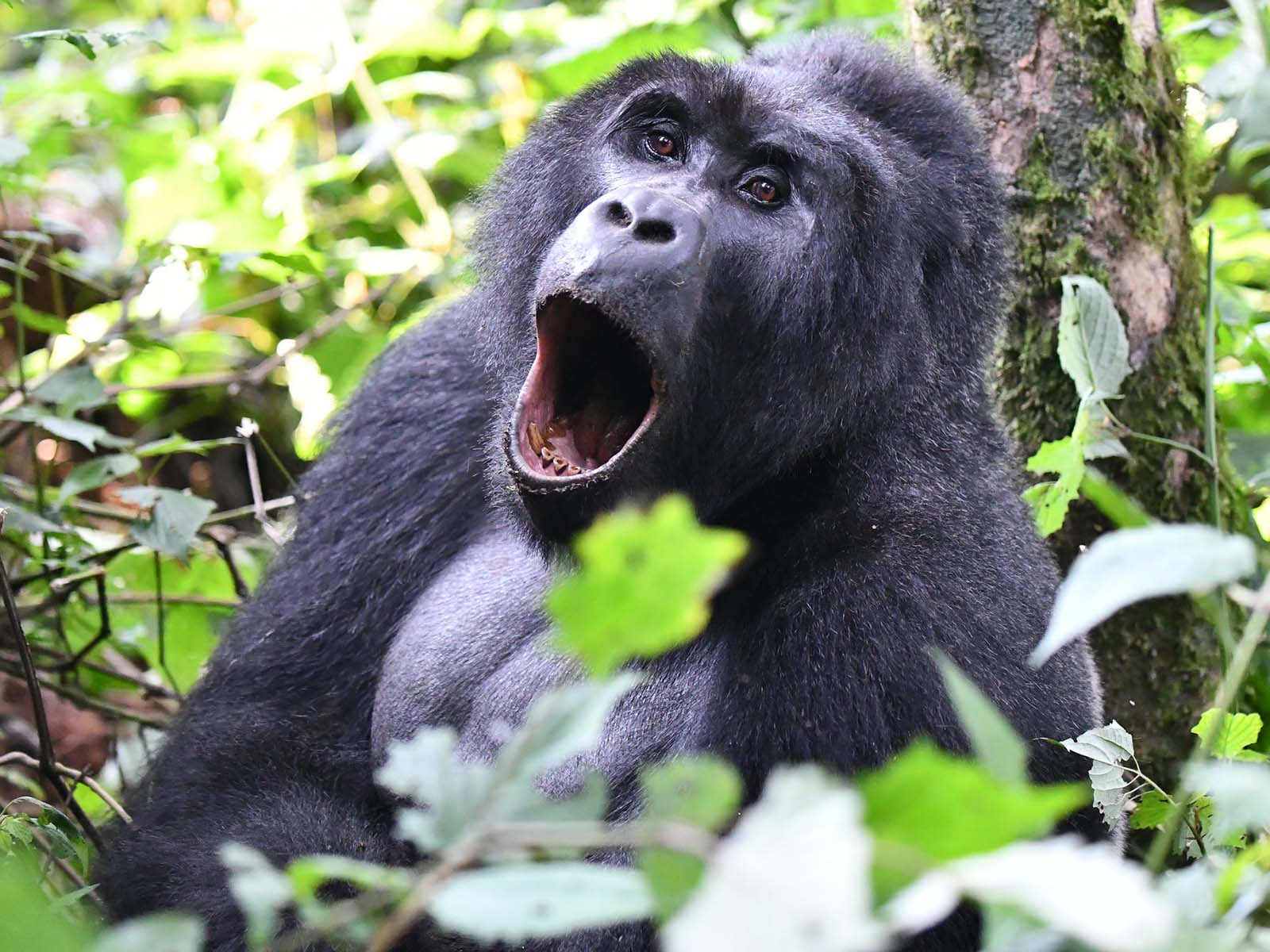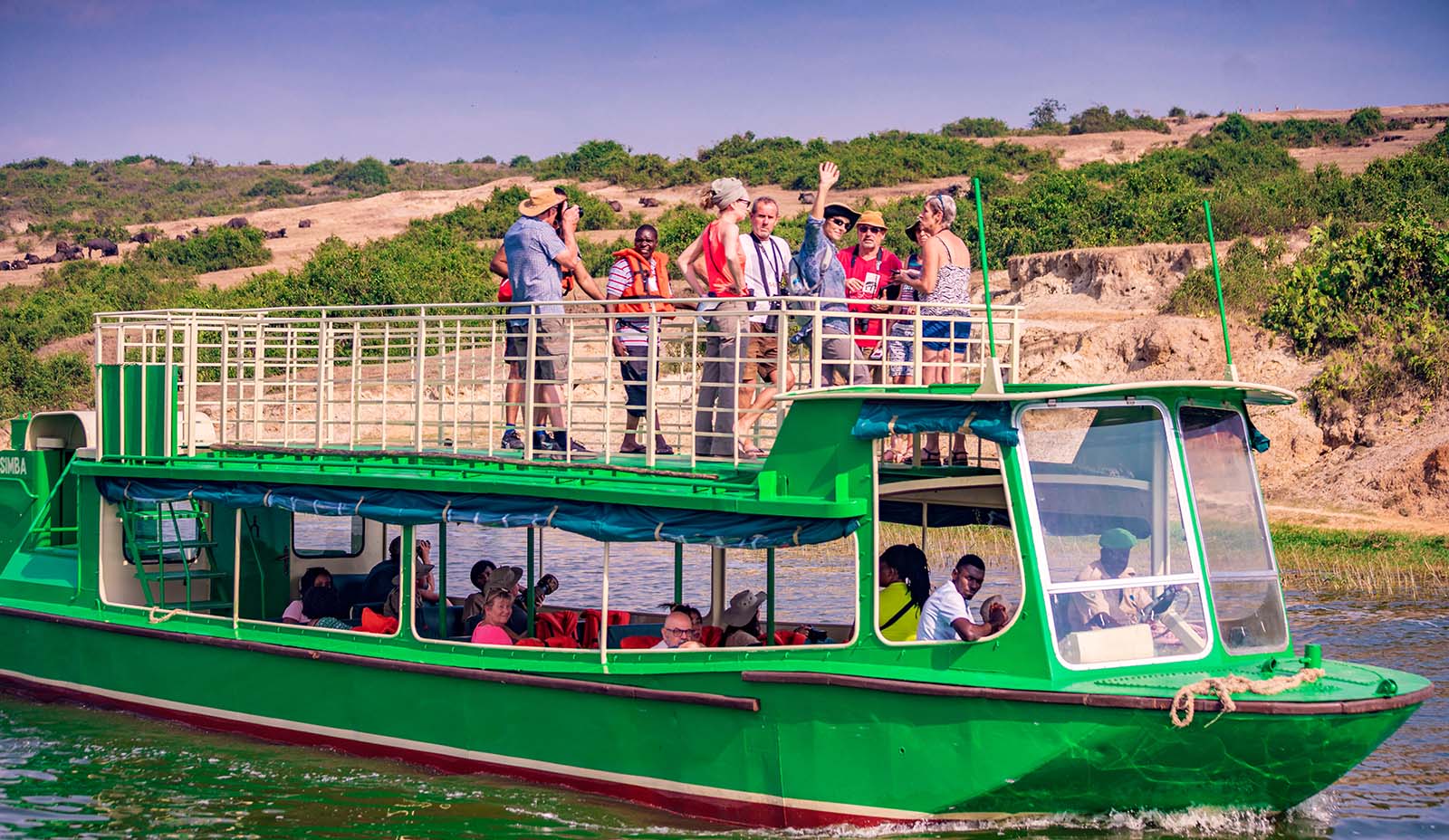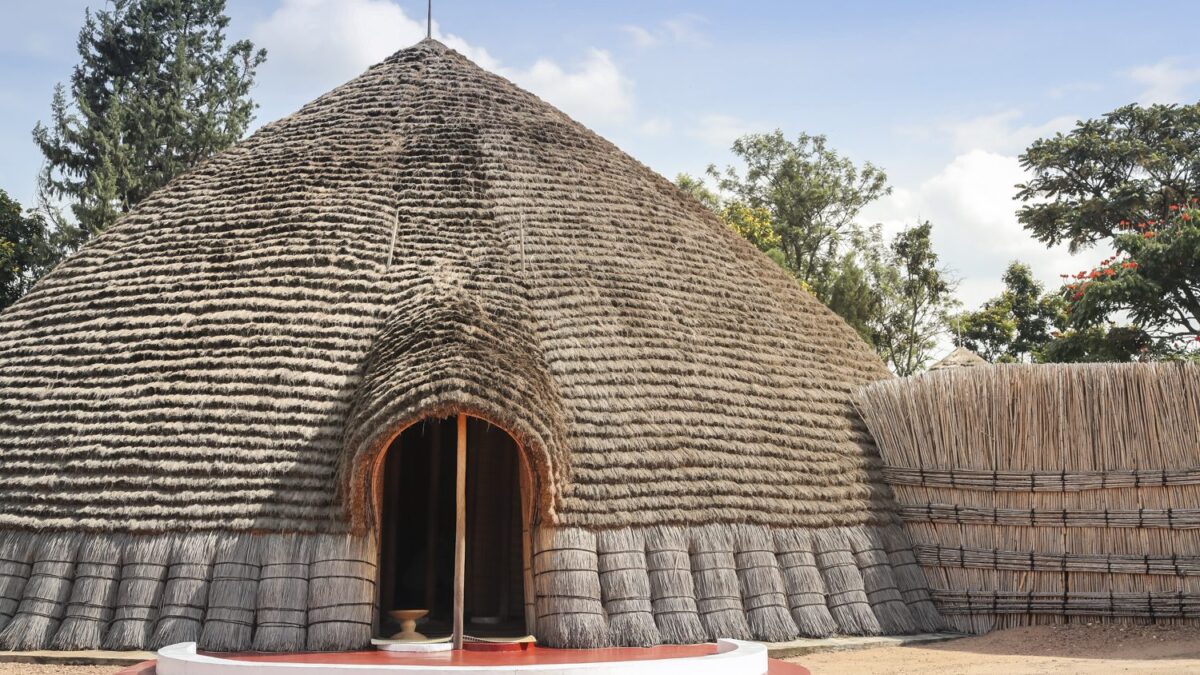
Short Mountain Gorilla Tours
August 30, 2023
Boat Safari on Kazinga Channel
August 30, 2023Exploring the Rich Tapestry of Museums in Rwanda
A Glimpse into Rwanda’s Cultural and Historical Treasures
Rwanda stands as a testament to the captivating synergy between its past and present, and this connection is beautifully showcased in its array of museums. A journey through the heart of Rwanda’s museums invites both nationals and foreigners to delve into its rich history, vibrant culture, cherished traditions, and diverse practices. The Institute of Museums of Rwanda, encompassing six distinct museums, serves as a gateway to unraveling the captivating stories of this nation.
Ethnographic Museum Rwanda: Unveiling Traditions and Heritage
The Ethnographic Museum, often referred to as the National Museum of Rwanda, commands attention as the largest and most prominent museum in the country. Nestled in Huye District, this museum boasts an unparalleled collection of ethnographic and archaeological treasures, not just within Rwanda, but across East Africa. Since its establishment in 1989 as a gift from Belgium, the museum has stood as a beacon of cultural preservation. A remarkable journey within its modern halls unveils over 10,000 artifacts, ranging from traditional items to historical artifacts, showcasing the tapestry of Rwanda’s history, beliefs, and norms. Fishermen’s tools, hunting artifacts, and cultural displays offer a comprehensive understanding of the nation’s evolution. Visitors can also revel in Intore dancers and drummers’ performances, immersing themselves in the spirit of Rwanda’s heritage.
Nyanza Royal Palace – Rukari: A Glimpse into Monarchical Legacy
Embark on a voyage into Rwanda’s monarchical history at Nyanza Royal Palace, often known as the King’s Palace Museum. Situated in Nyanza, this museum pays tribute to King Yuhi V Musinga, who declared Nyanza the royal capital during his reign. The museum, nestled in the heart of the royal grounds called Rukari, resonates with traditional artifacts and captivating narratives that breathe life into the history of Rwanda’s kingdoms. This homage to the past provides a captivating insight into the nation’s culture, lifestyle, and traditions.
Rwanda Museum of Natural History: Bridging Past and Present
The Kandt House Museum, previously the residence of German explorer Richard Kandt, epitomizes the connection between history and the environment. Situated atop Nyarugenge hill in Kigali, this museum offers an immersive journey through ancient fossils, enthralling tales of the environment’s evolution, and the intricate dependencies among animals, plants, and the earth itself. Fossilized remnants, shimmering gold, and even deadly mushrooms stand as testaments to nature’s intricacies and evolution.
Presidential Palace Museum: From Power to Transformation
The former Presidential Palace, situated in the eastern corner of Kigali, is steeped in history that transcends time. This once-residence of former President Juvenal Habyarimana provides a somber yet profound narrative. Walk through the halls that once witnessed crucial political decisions and strategic plans. Discover the President’s means of securing himself amidst uncertain times. This museum, a poignant symbol, invites reflection on the events that shaped Rwanda’s history.
Museum of Environment: Preserving for Posterity
Nestled near Lake Kivu in Karongi district, the Museum of Environment stands as a beacon of environmental awareness. Amidst changing times, this museum educates the public on sustainable resource utilization and harmonious coexistence with the environment. A journey within its walls reveals Rwanda’s efforts to respond to environmental challenges while leaving a legacy for future generations.
Rwesero Arts Museum: A Kaleidoscope of Creativity
The Rwesero Arts Museum, also known as the National Art Gallery, offers a delightful journey into Rwanda’s artistic expressions. A legacy of King Mutaara III Rudahingwa, the museum brims with breathtaking artwork inspired by Rwanda’s traditions and history. Photography, paintings, sculptures, beadwork, and architectural wonders adorn this haven of creativity.
Embark on Your Museums Exploration
Rwanda’s museums stand as portals into its multifaceted past, present, and future. Whether you’re captivated by ethereal dances, historical artifacts, ecological marvels, or artistic brilliance, these museums beckon you to embark on an extraordinary journey. For a comprehensive guide to this treasury of museums and other enchanting destinations in Uganda and Rwanda, turn to Trek Africa Expeditions. Unveil the magic that awaits as you discover the list of museums in Rwanda and beyond.

